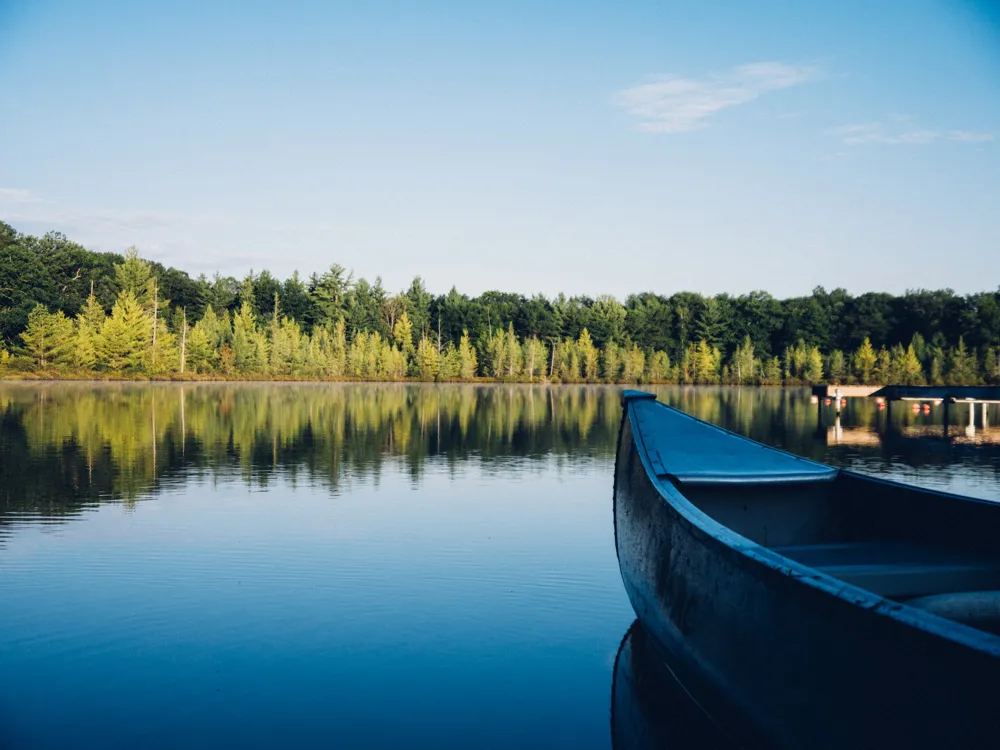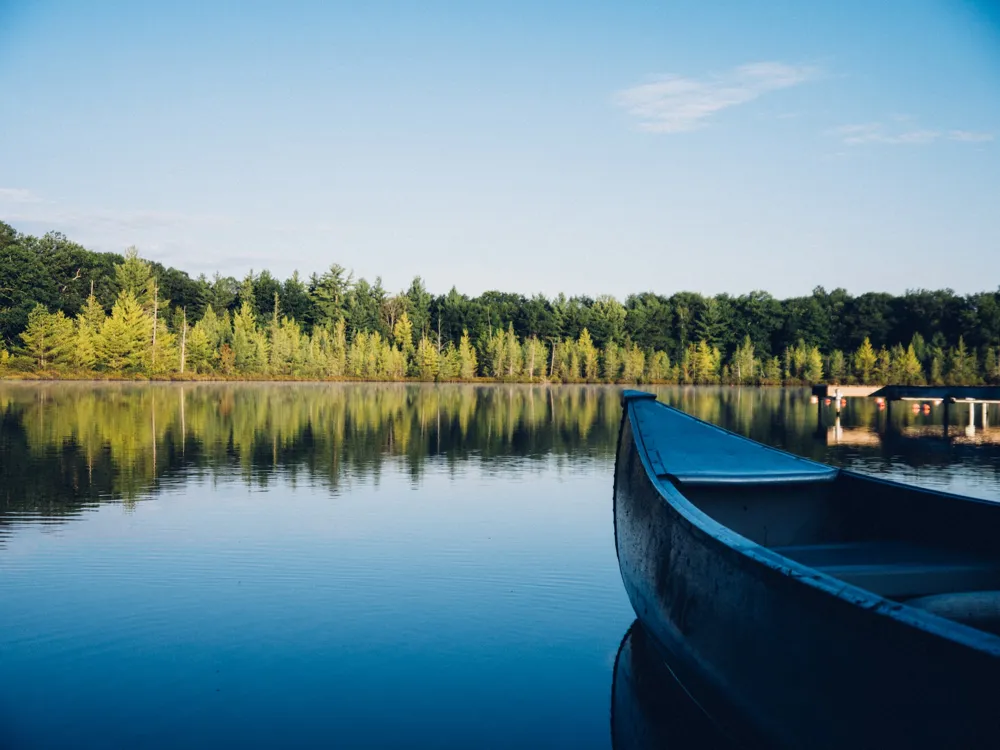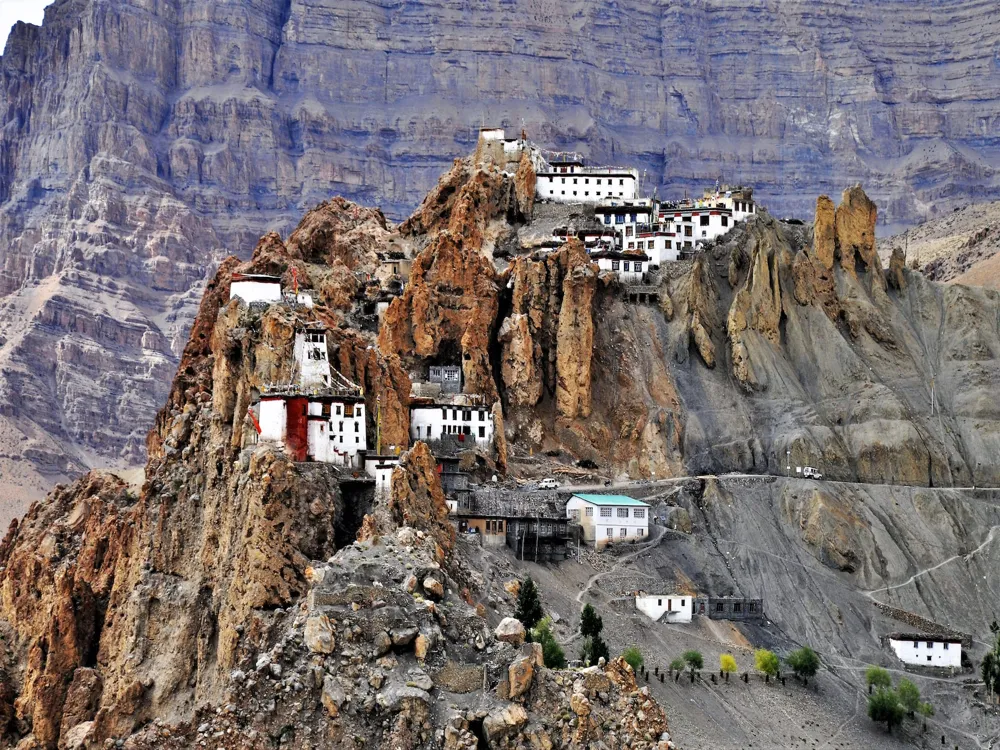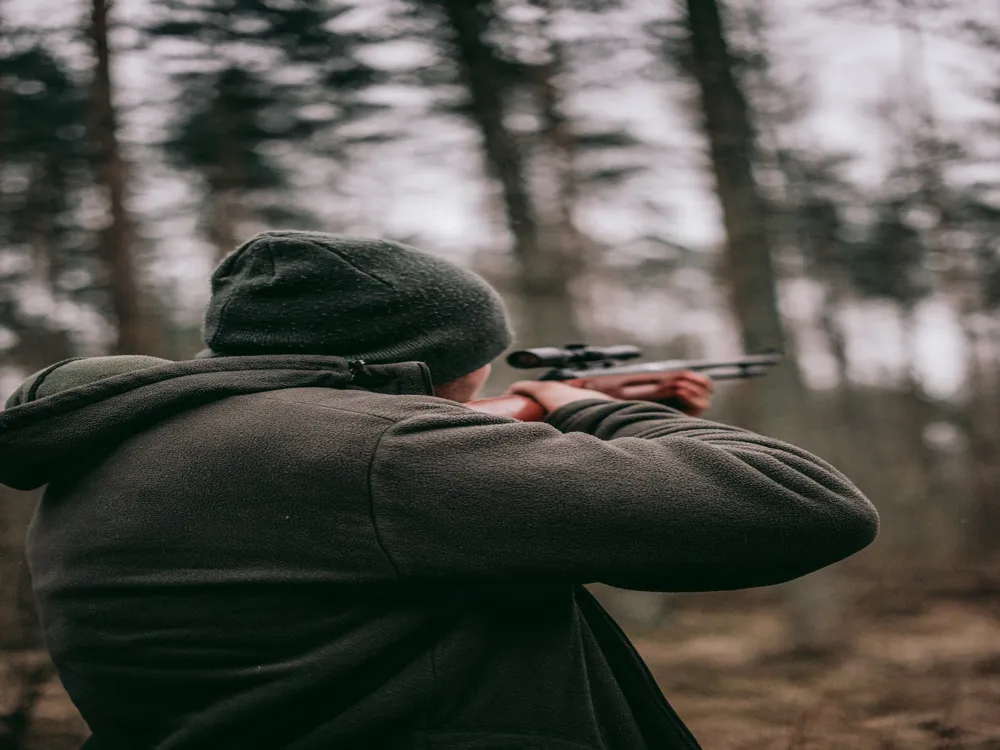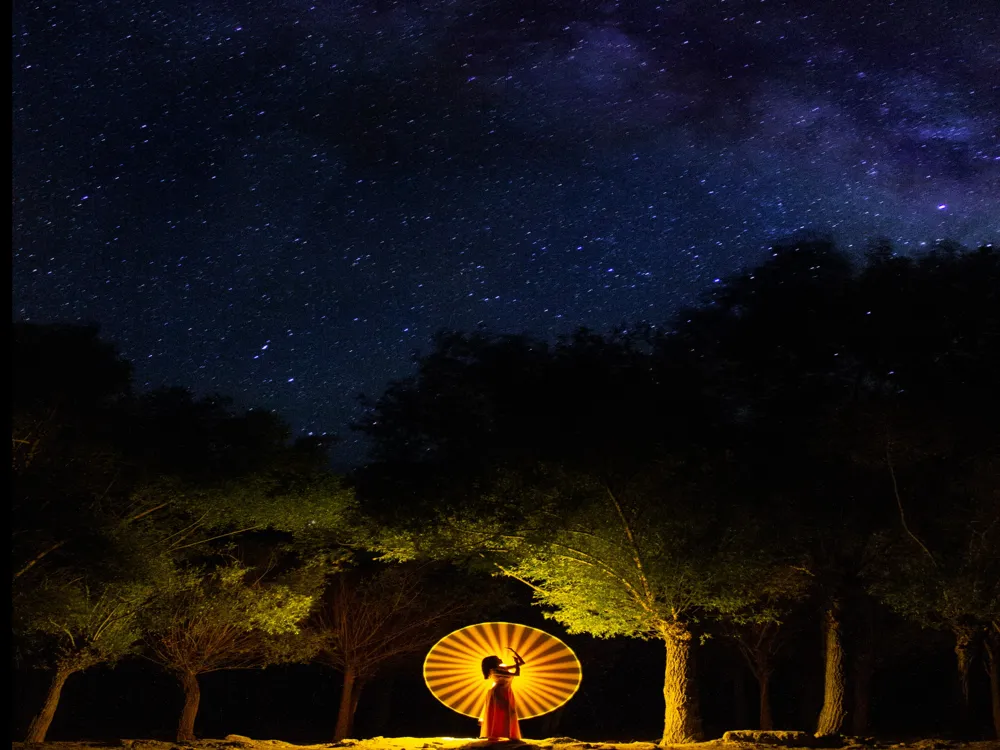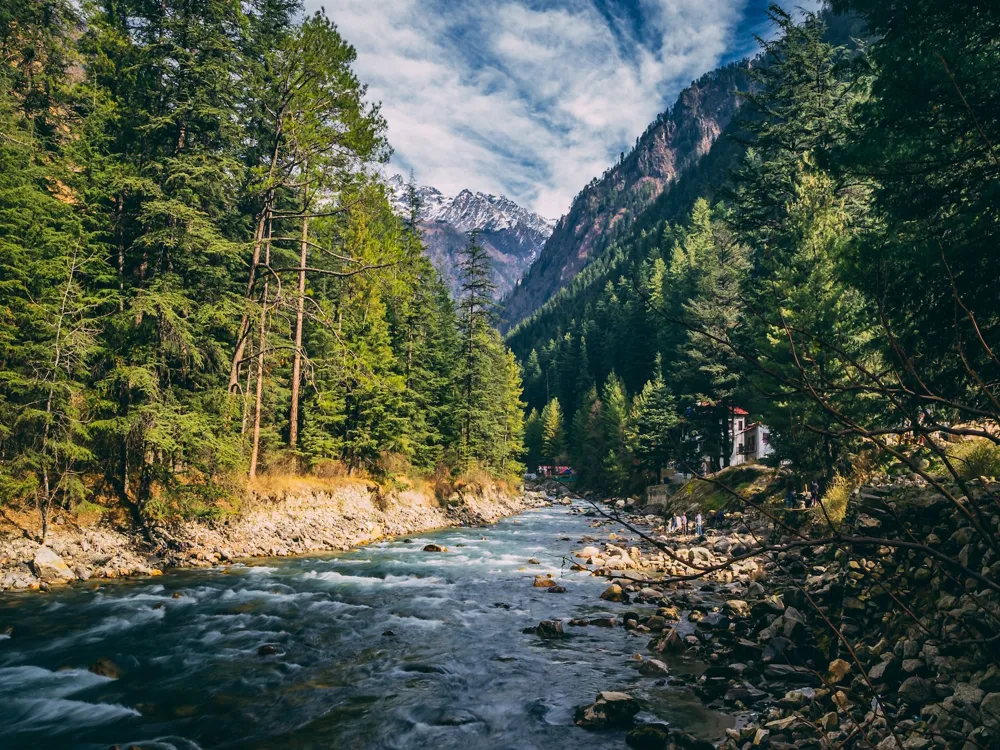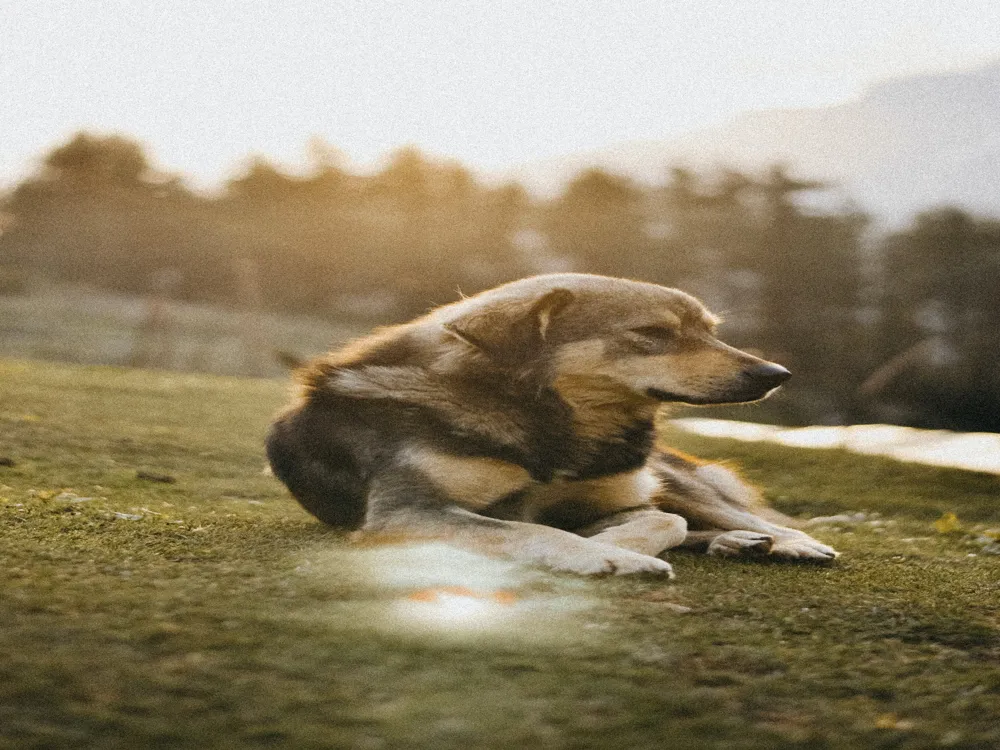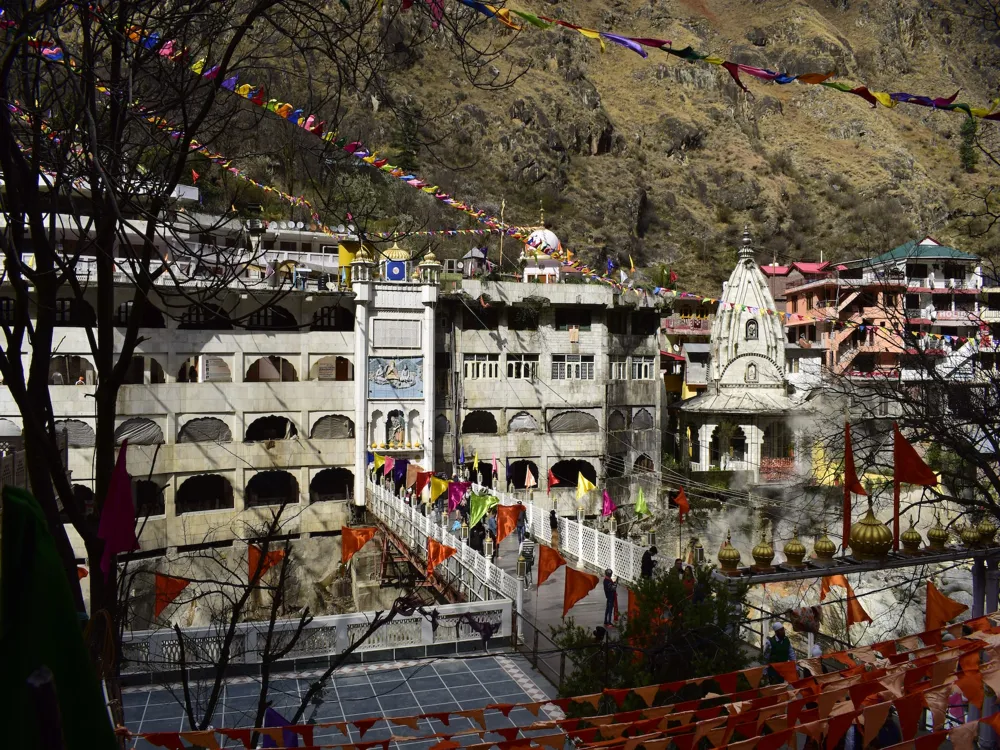Thangka painting is not merely a piece of artwork; it's a profound manifestation of Buddhist philosophy and culture. These intricate paintings typically depict Buddhist deities, mandalas, and spiritual symbols, serving as visual aids for meditation and religious practice. Crafted with meticulous detail and vibrant colors, Thangkas are revered for their spiritual significance and artistic excellence. The architecture of a Thangka painting is deeply symbolic, with each element meticulously designed to convey spiritual teachings and insights. From the central figure, often a Buddha or Bodhisattva, to the surrounding imagery representing various aspects of Buddhist cosmology, every detail holds profound meaning. The use of colors, patterns, and geometric shapes in Thangkas is not arbitrary but follows specific iconographic conventions, ensuring that each painting serves as a visual guide to enlightenment. When embarking on a journey to explore Thangka paintings in Spiti Valley, consider these tips to enhance your experience: Thangka paintings are deeply revered by the local communities and hold immense spiritual significance. Approach them with respect and reverence, refraining from touching or disturbing the artwork. Consider seeking guidance from knowledgeable locals or tour guides who can provide insights into the symbolism and meaning behind the Thangka paintings. Their expertise can enrich your understanding and appreciation of this ancient art form. Set aside ample time to immerse yourself in the beauty and tranquility of the Thangka paintings. Reflect on the intricate details and symbolism, allowing yourself to be transported into the realm of spiritual contemplation. Located in the enchanting landscapes of Spiti Valley, accessing Thangka paintings requires a journey into the heart of the Himalayas. Here are some ways to reach this captivating destination: Embark on a scenic road trip from major cities like Shimla or Manali to reach Spiti Valley. The journey offers breathtaking views of snow-capped mountains, winding rivers, and quaint villages, making it an adventure in itself. Alternatively, fly to Bhuntar Airport in Kullu, which serves as the nearest airport to Spiti Valley. From there, you can hire a taxi or take a bus to reach your destination amidst the pristine beauty of the Himalayas. For the adventurous souls, trekking through the rugged terrain of Spiti Valley offers a unique opportunity to immerse yourself in the natural splendor of the region. Trekking routes vary in difficulty, catering to both novice trekkers and seasoned adventurers. Exploring Thangka paintings in Spiti Valley is a journey of discovery and spiritual awakening. From the intricate architecture of the paintings to the serene landscapes that surround them, every aspect of this experience leaves a lasting impression on the soul. So, pack your bags, embark on an adventure, and let the timeless beauty of Thangka paintings in Spiti Valley mesmerize you. Read More:Overview of Thangka Painting
Architecture of Thangka Painting
Tips When Visiting Thangka Painting
1. Respect the Sacredness:
2. Seek Guidance:
3. Take Time to Reflect:
How To Reach Thangka Painting
1. By Road:
2. By Air:
3. Trekking:
Conclusion
Thangka Painting
Spiti
Himachal Pradesh
₹ 9,018 onwards
View spiti Packages
Weather :
Tags : Art Gallery
Timings : Best time to visit: May-Sept
Time Required : 4-5days
Planning a Trip? Ask Your Question
Spiti Travel Packages
View All Packages For Spiti
Top Hotel Collections for Spiti

Private Pool

Luxury Hotels

5-Star Hotels

Pet Friendly
Top Hotels Near Spiti
Other Top Ranking Places In Spiti
View All Places To Visit In spiti
View spiti Packages
Weather :
Tags : Art Gallery
Timings : Best time to visit: May-Sept
Time Required : 4-5days
Planning a Trip? Ask Your Question
Spiti Travel Packages
View All Packages For Spiti
Top Hotel Collections for Spiti

Private Pool

Luxury Hotels

5-Star Hotels

Pet Friendly








